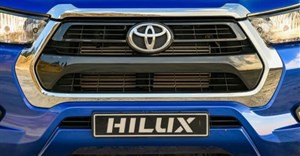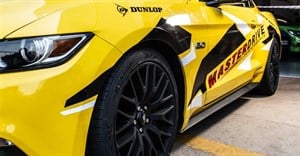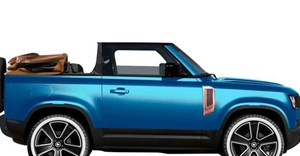Trending
Elections 2024
Jobs
- New Vehicle Sales Executive - Commercial Johannesburg South
- 12-Month Automotive Learnership Opportunity Pinetown
- Sales Executive Johannesburg
- Junior F&I Centurion
- New Vehicle Sales Manager Cape Town
- Sales Representative Pre-Owned Vehicle Sales Johannesburg
- Pre-Owned Cars Sales Manager Johannesburg
- Dealership Stock Controller Midrand
- Pre-owned Vehicle Sales Manager Nelspruit
- Dealership Financial Controller Johannesburg
Can Land Rover thrive without the Land Rover brand?
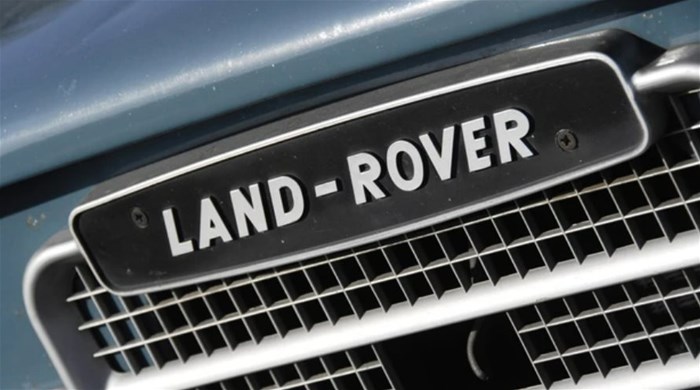
How much money does it take to establish an iconic car brand? Toyota is the world’s biggest car company, selling in most markets, and it has an estimated brand value of about R900bn. If it costs so much money and time, to establish something iconic, then why would you give it away?
Land Rover is unquestionably iconic, with a legacy that spans nearly 8 decades and a product funnel that has triumphed despite quality issues throughout the 1990s and 2000s. But even the most iconic adventure vehicle brand can’t survive solely on its legacy.
Although the 911 remains Porsche’s defining car, without Cayenne and Macan, the German brand wouldn’t have the revenues or profitability to fund all those RS-edition 911s we hold so dear.
Land Rover has the same problem: its revenue reality and brand legacy have diverged – radically. Virtually no one buys a Land Rover as a farm vehicle anymore. All the models in the Solihull-based brand’s line-up are luxury cars, which require a different brand voice and marketing approach.
Scale is important for car companies because they have all become beholden to external suppliers. Even luxury vehicle brands – and Land Rover is no exception – must achieve specific sales volumes to purchase sophisticated componentry in adequate numbers, enabling a discount.
Land Rover has struggled with production since lockdown, with a huge volume of backorders. Demand for its model mix has also become deeply asymmetric, with too many buyers for Range Rover and Defender, and far too few for Discovery.
To simplify its business and branding structure, Land Rover wants to be known simply as JLR in future and focus on Range Rover, Discovery, Defender and Jaguar as sub-brands. But is that a good idea?
When memory doesn’t matter anymore

To some, the decision to “un-name” the brand’s official corporate identity is inexplicable. Land Rover traditionalists would see it as brand treason. But there is a method to Land Rover’s madness.
What happens with the Land Rover rebrand? Minimalist Land Rover on-vehicle branding and a quartet of sub-brands, positioned as Range Rover, Discovery, Defender and Jaguar. But why?
Land Rover’s future is in China. It’s already the most important market for Land Rover’s SUVs, but also one without owners of classic Defenders. In China, Range Rover and Discovery are considered British luxury cars, they aren’t desired in the context of being loosely associated with the classic Defender.
To survive and thrive, Land Rover needs to move beyond its legacy. For decades, it had precious few rivals in markets which were important to it. Land Rovers and Ranger Rovers effectively sold themselves in the late 1970s and 1980s – customers were loyal and had no interest in the superior offerings from Isuzu, Mercedes-Benz, Nissan, or Toyota. But since the 1990s, things have changed dramatically.
German luxury brands have targeted the segments once dominated by Range Rover and Discovery, due to build-quality and reliability issues, the Defender conceded market share to Toyota’s Land Cruiser.
The truth is that much of the hysteria around Land Rover’s legacy being undone by rebranding is memory, not fact. Land Rover’s brand equity was always due to first-mover advantage. Engineering excellence aside, it made several strategic blunders, participated in some peculiar mergers (Honda, BMW and Ford), and… unfortunately, built poor-quality vehicles for nearly two decades.''
Range Rover, Discovery and Defender as ‘sub-brands’?

Is Land Rover crazy to sacrifice that green badge’s implied brand equity? Well, maybe not. For all the criticism about its future powertrain approach, Toyota is the world’s most diverse and successful legacy car brand. Toyota produces everything from affordable city cars to mining bakkies, luxury SUVs and traditional limousines. But it doesn’t always do it with a Toyota badge. And that’s important.
Lexus is arguably the world’s most successful sub-brand. Its success in conquering the North American luxury vehicle market remains one of the most remarkable and notable automotive product strategies. And it was done without any Toyota badging.
Does that prove that Land Rover might be doing the right thing? Maybe.
Lexus is an example of success beyond brand alignment. Although it must be said that for all the success Toyota achieved with Lexus, there have been similarly configured failures, such as Nissan and Infinity.
South Africa is a legacy market for Land Rover. The brand is entrenched locally, with excellent customer loyalty and many owners with both a legacy and modern Land Rover. And that’s important because if you think of how local Land Rover owners speak about their vehicles, it’s always model name, never brand.
You’ll hear “Disco”, “Rangey”, “Defender” or “Series II”, but rarely will you hear people refer to their “Landy” anymore. And, that is the argument from Land Rover’s head office in defence of its new brand strategy: Land Rover owners are aligned with its models, not the idea of an overarching brand.
Sub-branding since the 1970s…
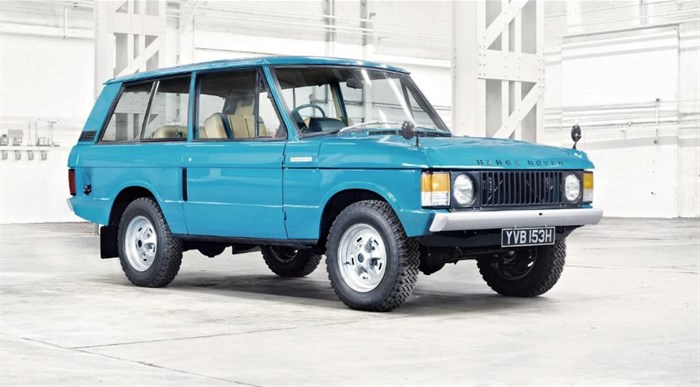
Land Rover as Land Rover changed a very long time ago. If you want a date, it was the moment that the first Range Rover was introduced in 1970. When Land Rover gained a second model line, the Land Rover name became problematic because since 1948, “Land Rover” denoted a model range – not a brand. This is why the company renamed its original product line “Defender” in 1983.
If the Land Rover name has been a legacy issue since the introduction of Range Rover, why has it taken so long to change? The lagging recognition of Land Rover’s changing customer profile could be a reason. Land Rover was financially vulnerable for so long, that it never dared to risk anything that endeared it to the brand’s legacy customers, mostly based in the United Kingdom.
As Land Rover became a resurgent brand in the 2010s, thanks to Indian auto giant Tata’s recapitalisation, the growth has been powered by new customers in China. And without any legacy regarding Land Rover’s 1st-generation products, the brand cachet of “Land Rover” is lost on Chinese buyers.
Land Rover history doesn’t decode in China

To some, it might be curious that Land Rover, who spent a tidy sum of legal money unsuccessfully challenging Ineos Automotive (the producer of the Defender-inspired Grenadier) in court, is now “un-naming” itself. But what’s the point of pillaring all your brand videos, social media posts and everything else in the marketing funnel with “Land Rover” if it risks confusing your most important customers?
Ultimately, the effort and investment required to educate buyers about what “Land Rover” is, with its backstory, is not worth the effort. Chinese buyers are impressed by luxury, design and European build quality. They don’t care about yellow 20th-century Land Rovers that conquered jungles and pioneered expeditions. To the world’s most important car market, Land Rover isn’t a thing, but Range Rover is.
And that’s why the Land Rover badge might still be present on future Rangeys, Discos and Defenders, but it will be much smaller – and nobody’s allowed to say Land Rover anymore… It’s all JLR. And, to be perfectly honest, the first letter of that acronym (J, for Jaguar) is where Land Rover’s real problem lies.
This article was originally published on Cars.co.za...
Source: Cars.co.za

Cars.co.za is a leading online automotive retail portal that lists more than 70 000 vehicles stocked by hundreds of dealers countrywide, as well as the top-ranked branded SA YouTube channel. In 2015, Cars.co.za repositioned itself as a consumer champion by optimising its editorial content for the purposes of engaging and empowering its users. The Cars.co.za Ownership Satisfaction Survey, in association with Lightstone Consumer, and the Cars.co.za Consumer Awards – powered by WesBank, underlines the company’s objective to be the most comprehensive resource to South African vehicle buyers.
Go to: http://www.cars.co.za









